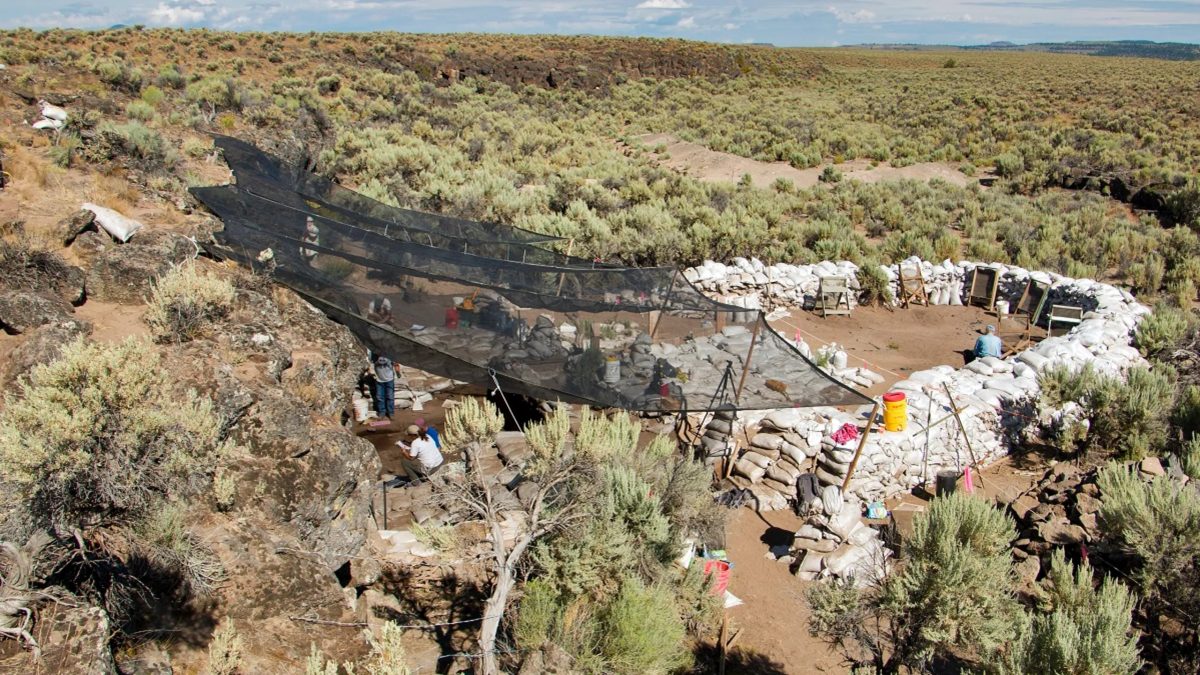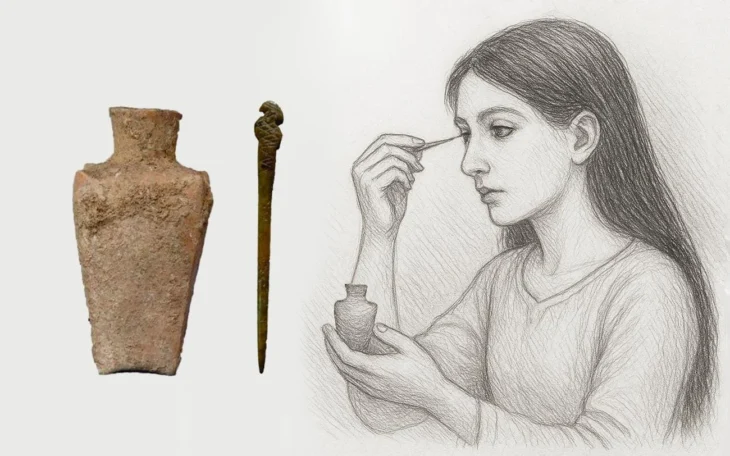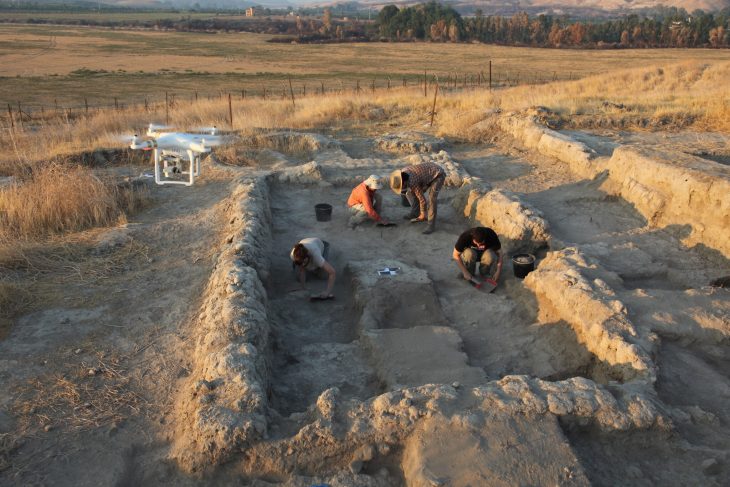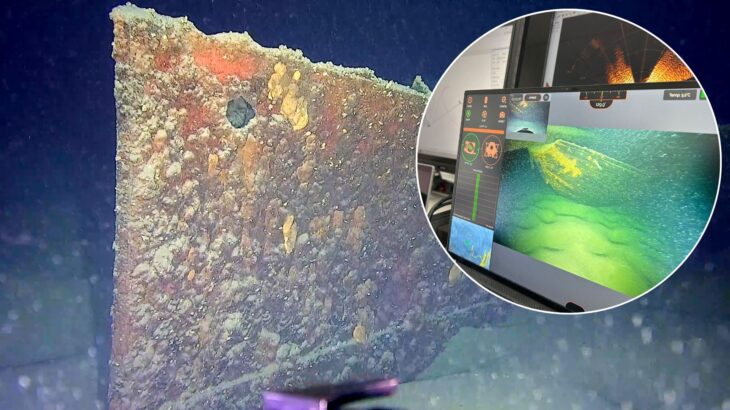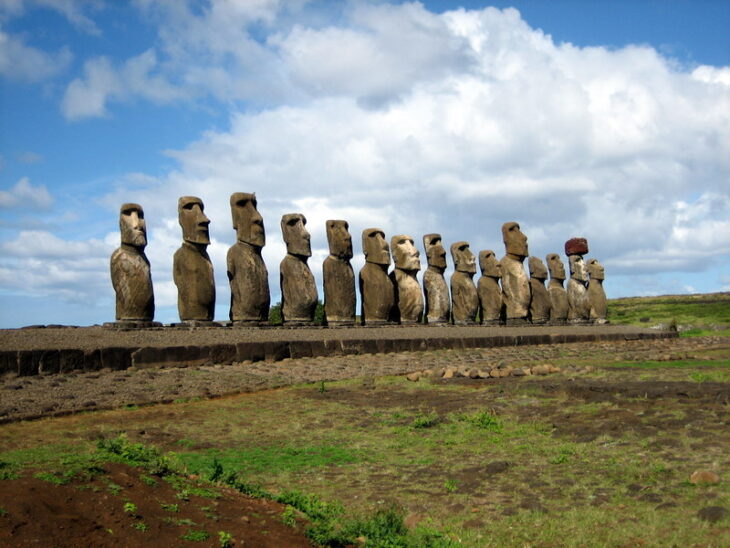Where and when the first humans appeared in North America is a contentious issue that many disagree on, and this latest find will certainly fan the flames.
In 2021, the Meadowcroft Rockshelter in Pennsylvania was identified as the oldest human occupational site in North America, dating to at least 16,000 years old. In 2022, it was Cooper’s Ferry in Idaho, which was also dated to 16,000 years old. Now, Rimrock Draw Rockshelter, which is displaying occupation evidence dating back at least 18,000 years, may unseat that title!
The Rimrock Draw Rockshelter outside of Riley in Central Oregon has been home to excavation efforts since 2011.
University of Oregon’s Museum of Natural and Cultural History Archaeological Field School, led by archaeologist Patrick O’Grady, has been excavating at the Rimrock Draw Rockshelter.
Archaeologists in Oregon discovered an animal tooth at a rock shelter that was over 18,000 years old. If their interpretation of the artifact and other relics at the site is on point, this could indicate the shallow cave is one of the oldest sites of human occupation in North America.
📣 Our WhatsApp channel is now LIVE! Stay up-to-date with the latest news and updates, just click here to follow us on WhatsApp and never miss a thing!!

In 2012, the team identified camel teeth fragments under a layer of volcanic ash from an eruption of Mount St Helens that was dated over 15,000 years ago. They also found two finely crafted scrapers made from orange agate, one covered in preserved bison blood residue and another buried in volcanic ash.
Now, radiocarbon dating of the camel tooth enamel has revealed a more precise date: 18,250 years before the present.
“The identification of 15,000-years-old volcanic ash was a shock, then [the] 18,000-year old dates on the enamel, with stone tools and flakes below, were even more startling,” archaeologist Patrick O’Grady, who led the excavation, said in a statement.
Since the tools were discovered further down in the ash, the layering of the sediments indicates that they predate both the volcanic eruption and the camel teeth. This means Rimrock Draw Rockshelter could be one of the oldest human occupation sites in North America.

The however important question is whether the animal tooth fragment from 18,000 years ago can categorically prove human occupation at the site. The presence of crafted stone tools suggests so, but the interpretation might not necessarily convince everyone.
“To me, it’s just a wonderful hunt,” Stafford said. “Now we’re down to real excavations that are very controlled and good chemistry and good radiocarbon data. We’re accumulating enough sites with good information that we can really say, ah, okay, it’s a little bit older. It’s a lot older.”
Radiocarbon is produced in the upper atmosphere. Anything that contains carbon, whether organic or inorganic, can be measured. From about 1950 to 1990, that process required grams of material. Now, scientists are able to use milligrams, which is about 1,000th less than what was needed before.
Which is where the enamel comes in. Two samples from about 2 inches of the enamel pieces returned the same age estimation.
Cover Photo: Bureau of Land Management Oregon and Washington

